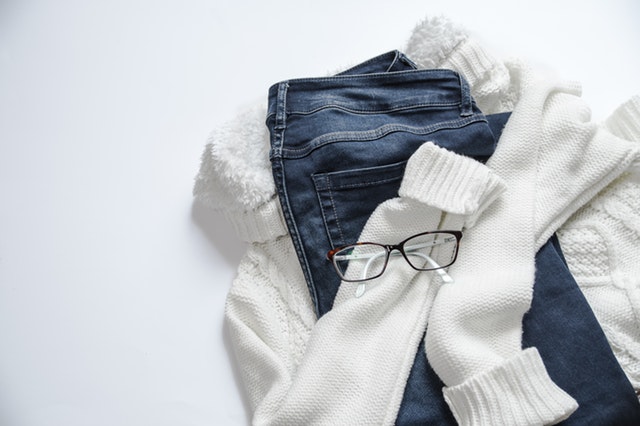With so many fabrics and blends on the market, it’s hard to know which clothing pieces will keep its shape or stretch to great lengths. Don’t worry, this guide will give you all the information you need when determining which fabrics to purchase for your lifestyle.
Cotton
The most common and popular fabric of them all, cotton is a natural fibre that is both soft and comfortable to wear. It’s also incredibly breathable and durable, making it versatile enough to be used to create any clothing item. While it is a hypoallergenic material, it can wrinkle, meaning you may have to pull out the iron once in a while.
Silk
The oldest and most expensive fabric around, silk is a natural material spun from the cocoons of silkworms. It’s strong and comfortable while being incredibly soft. It has a natural shimmer to it and is mostly used to make dresses, ties and blouses. Because of its delicate state, silk is vulnerable to rough handling, direct sunlight and sweat.
Wool
Derived from animal fur, most commonly sheep, wool is a natural fibre that has many benefits. On top of being incredibly warm and resistant to both dirt and water, wool is biodegradable and hypoallergenic. Unfortunately, this fabric has a tendency to smell and shrink when washed at higher temperatures, while also being itchy is some cases.
Polyester
Extensively used and manufactured in America thanks to its low cost, polyester is usually used in fabric blends with other natural materials to enhance the durability of the garments made with it. Strong on its own and resistant to creasing, polyester can keep its shape after several washes. However, it’s not breathable, meaning that if the wearer sweats in a polyester shirt, it will stay wet for a while. It’s also non-biodegradable, as it’s a synthetic material made from plastic.
Linen
Another natural fabric, linen is made from flax fibres and has been around for a while. Both breathable and lightweight, linen is extremely comfortable to wear. But much like cotton, it wrinkles easily and has poor elasticity, meaning it won’t hold its shape well over time.
Rayon
Rayon is a manufactured fabric made from cellulose, a combination of synthetic and natural fibres that create a soft material. It’s a good replacement fabric for linen, silk or wool, as it’s both affordable and versatile. Being highly absorbent, it’s easy to dye but rayon isn’t a fabric that ages well. The manufacturing of rayon creates major environmental pollution issues, as it’s partially made from plastic.
Nylon
An affordable fabric that has good elasticity, nylon is another material that can replace silk, as it’s also strong and soft. Usually used in the making of stockings, the manufacturing of nylon is disruptive to the environment. It can also melt if exposed to high temperatures and will pill extensively when thrown in the washer and dryer.
Spandex
Also known as Lycra, spandex stretches easily and can recover its shape without a problem. This fabric is ideal for activewear, as it’s incredibly comfortable. But over time, the elasticity will wear out and the spandex garment will no longer fit as it once did.
Acetate
Another synthetic material that resembles silk for a fraction of the price, acetate is a soft, flexible fabric that’s resistant to wrinkling and shrinking. It’s not as strong as silk, and the fibres can melt if exposed to perfumes that contain alcohol as well as nail polish remover.
At Extoggery, you’ll find high-quality designer clothes, shoes, purses, jewellery and more for an affordable price. Located in Toronto, Ontario, our designer consignment shop is filled with options for both men and women, so stop by today and find the unique, brand-named item of your dreams.
